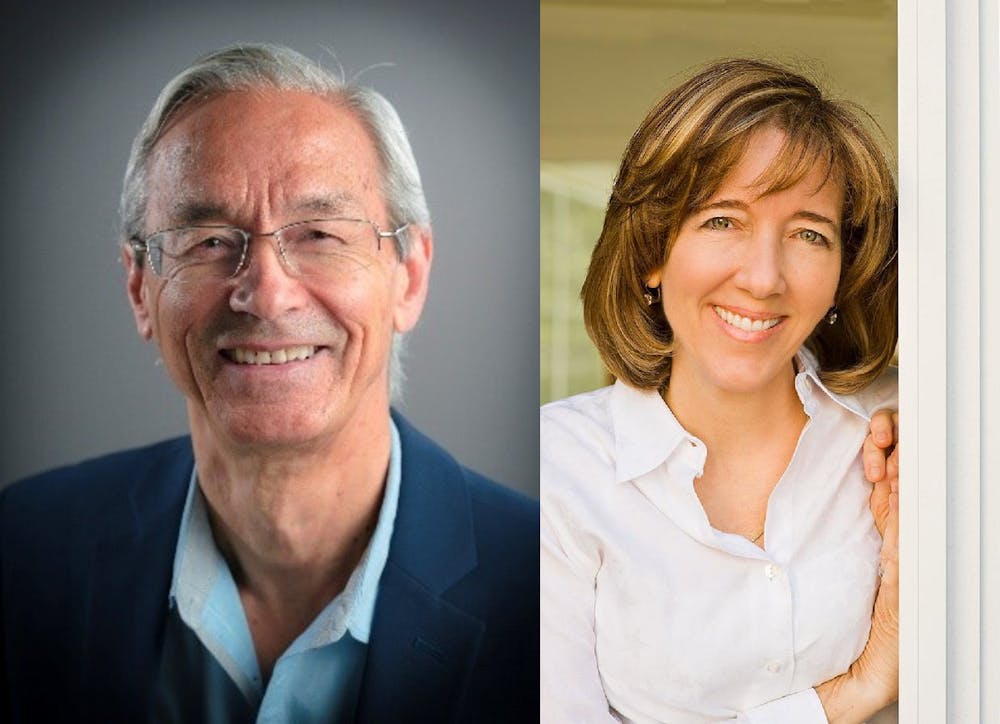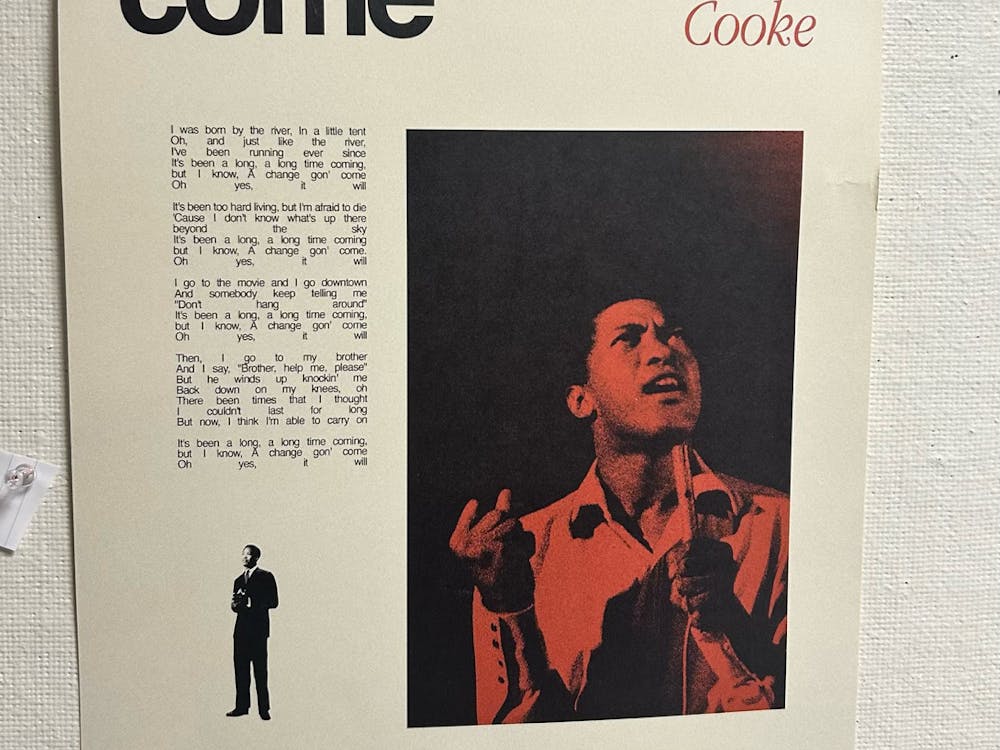A student achieves a major academic success, a young couple buys their dream home, a retiree escapes to a tropical haven. Each person feels elated, incandescently happy. Then a phenomenon called hedonic adaptation takes hold, and the wonderful feeling subsides over time.
According to David Mercier, a Hopkins adjunct faculty member, happiness is not simply a temporary pleasurable stimulation of the senses. Mercier, along with fellow Hopkins adjunct faculty member and nutritionist Kelly Dorfman, has taught an Intersession course at Hopkins titled The Art and Science of Happiness since 2018.
During this class Mercier and Dorfman ask their students to not see happiness as a transient state. As we develop emotionally, psychologically and spiritually, we acquire wisdom and maturity. In an interview with The News-Letter, they explained that, as a consequence of this development, we begin to orient ourselves toward happiness.
“We want to redefine the definition of happiness to be not hedonic pleasures but character development,” Mercier said. “That development requires hard work, including an acceptance of suffering.”
Advanced degrees, prestige and wealth are not purveyors of happiness in and of themselves, Mercier explained, but they may help by developing character. Character development also means extending beyond notions of self.
Two of the three elements in Martin Seligman’s theory in Authentic Happiness involves transcendence of self: flow and meaning. Flow, first recognized by Mihaly Csikszentmihalyi, is a mental state in which a person is completely absorbed in an activity, one that stretches a person’s limits but can also be accomplished with strict focus.
You can also achieve meaning and purpose by serving a cause that contributes to a greater good. This often means embedding yourself in a community.
“Happiness can be thought of as a byproduct of character development which in turn relies on relationships with human beings and a desire to be a force of good for others,” Mercier said.
Researchers in charge of the 75-year longitudinal Grant Study drew a similar conclusion. Robert Waldinger, the director of the study, summarized the results by saying that strong relationships are critical for a healthy and happy life.
Similarly, renowned neuroscientist Matthew Lieberman found that social relationships are more fundamental to human flourishing than needs like food, shelter and warmth. Lieberman writes in his book that at its core, the brain is a social instrument used to connect with other human beings.
To show students the power of connection, Mercier and Dorfman incorporated a loving-kindness exercise into their Intersession class. The students formed two lines that stood facing each other. Students were paired up and told to look into their partner’s eyes for 30 seconds; they repeated the exercise with seven partners. Mercier described how students fidgeted and laughed uneasily as they looked into their partner’s eyes.
“In the exercise, each student is someone who wants to be accepted, loved and included,” he said. “If you are looking in someone’s eyes and feeling uncomfortable, you are worried about exposing your flaws and not being accepted.”
Social exclusion, Lieberman found, is akin to physical pain. He proved this theory in a 2003 study, which involved subjects playing a ball-tossing video game with two other characters. These characters were pre-programmed by researchers, but the subjects were told that the characters were controlled by other study participants.
At first the pre-programmed avatars would periodically throw the ball to the participant. Then the avatars threw the ball only between themselves, excluding the participant from the game.
Rejection from the social activity led to increased activity in brain regions associated with physical pain. Subsequent studies have provided further evidence that social and physical pain share neural circuitry.
After the initial round of the loving-kindness exercise, Mercier and Dorfman had the class repeat the exercise with a twist. The students were told to repeat in their minds the phrase “May you have a happy, fulfilled, awesome life” as they looked into their partner’s eyes. The result was transformational.
A result of giving acceptance, approval and affirmation is a feeling of strength and confidence. Mercier described the exercise as a rewiring of standard thought processes.
“The way we become happy is not by trying to get approved by others. The exercise is a complete reversal of the directionality of the usual ways we get happy,” he said.
Although in-person social interactions are limited during the pandemic, FaceTime calls and small gatherings (with masks, of course) can be rejuvenating.
Dorfman also recommends using this time to keep yourself in the best shape possible. Eating well and exercising regularly are associated with increased levels of endogenous opiates, like endorphins and enkephalins, which in turn are associated with lessened perceptions of pain.
“Use this time to get you in a better state of being — eat healthier, get more exercise. While that won’t make you joyful every moment, it will make it easier to be joyful,” she said. “It’s hard to be joyful if you have a headache because you forgot to eat breakfast or didn’t have a full eight hours of sleep.”
Orienting yourself toward happiness, fostering social relations and looking after your health are just a few ways to keep happy.





